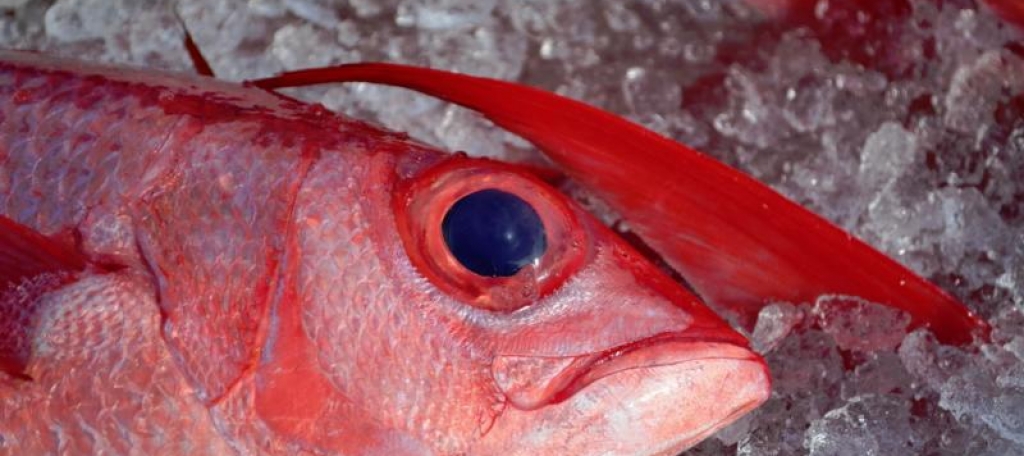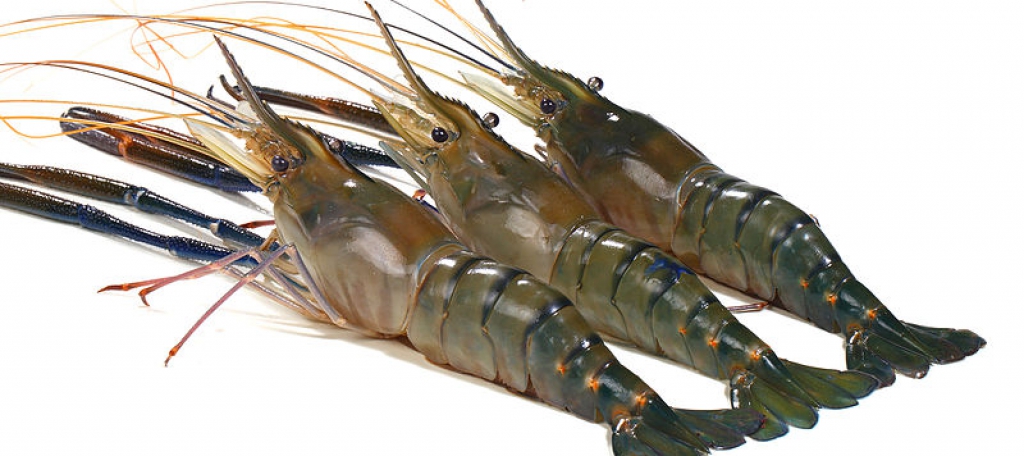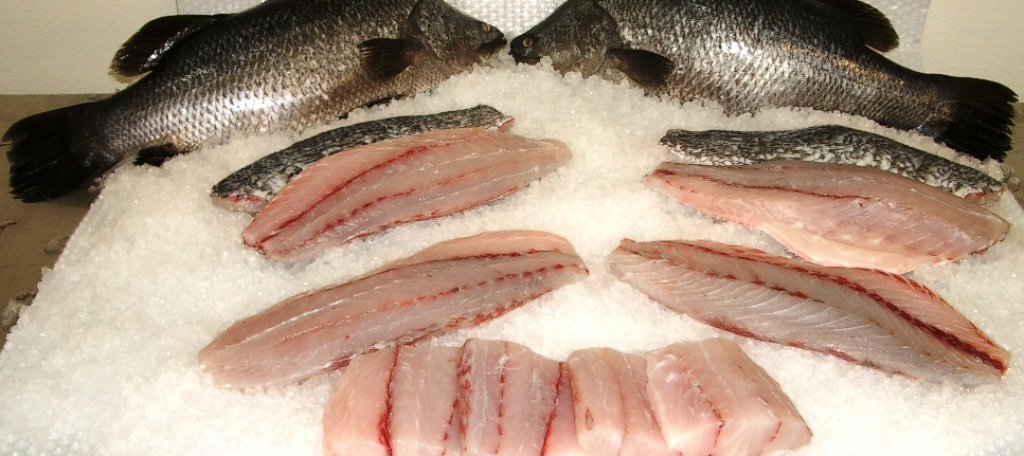
Ehu Short Tail Red
Light in flavor with a delicate texture.
Light, White, Flakey, Sweet
Quick Facts
Commonly Known As:
Short Tail Red Snapper, Striped Red Snapper
-
Species Name
Snapper
-
Latin Name
Etelis carbunculus
-
Origin
Hawaiian Islands
-
Harvest Method
Hook & Line
-
Range & Habitat
Southern Pacific & Hawaii
-
Producer
The Hawaiian Fleet

Range & Habitat
The Hawaiian Fleet
Hawaii's Market is unique; boats fishing local waters bring their bounty in to be offloaded into Hawaii's auction, "United Fishing Agency Auction." Hawaiian auction bidders know their favorite boats, handling practices and ordering days. Each buyer takes their prized winning bid back to the plant each day and grades it for national distribution next day.
You Might Also Like These


Mild, Clean, Rich, Succulent
Wild Nigerian Tiger Prawns are an Alien species to many waters far from their Asian origin. They are considered invasive, and eating them could be viewed as stewarding ecological balance. Enough on that. Wild Nigerian Prawns are an incredible tasting and an awe inspiring product. With correct culinary application, the Wild Tiger Prawn can be the summit of the "Seafood Feature". A hearty initial snap that finishes buttery and succulent, Tiger Prawns are "Giant" in proportions (some 10-13" long), and have vast culinary applications.

Mild Yet Sweet Flavor
With flesh that tastes like crystal clear saltwater, Bali Barramundi Sea Bass is highly versatile. Aside from having a deliciously mild yet sweet flavor when raw, it can be Grilled, Baked, Steamed, Sauted, even BBQ'd. Its rich flavor can be enhanced with ingredients both Eastern and Western. The skin has a layer of fat that when salted and seared crisps like pork crackling.